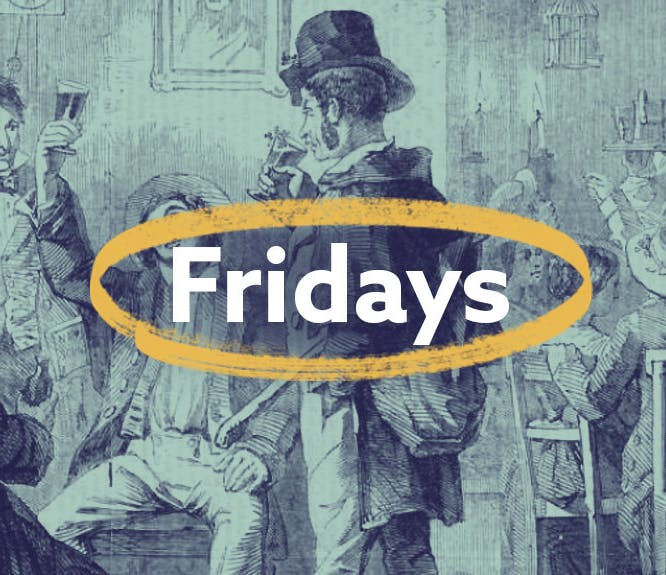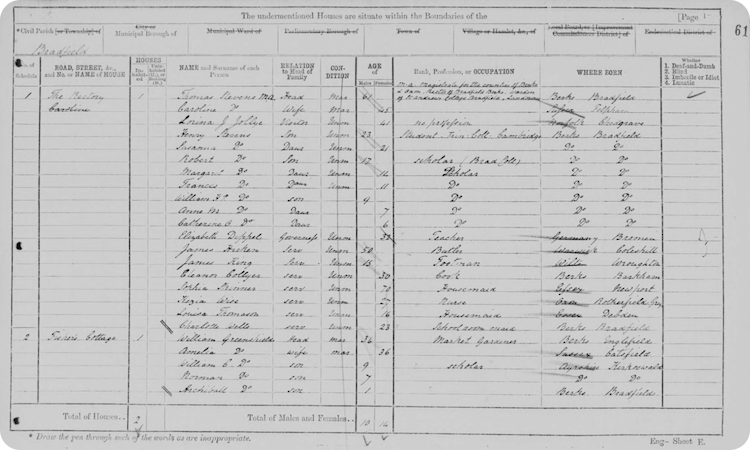Inspirational women from history: Victorian astronomer Catherine Octavia Stevens
3-4 minute read
By Daisy Goddard | March 12, 2024
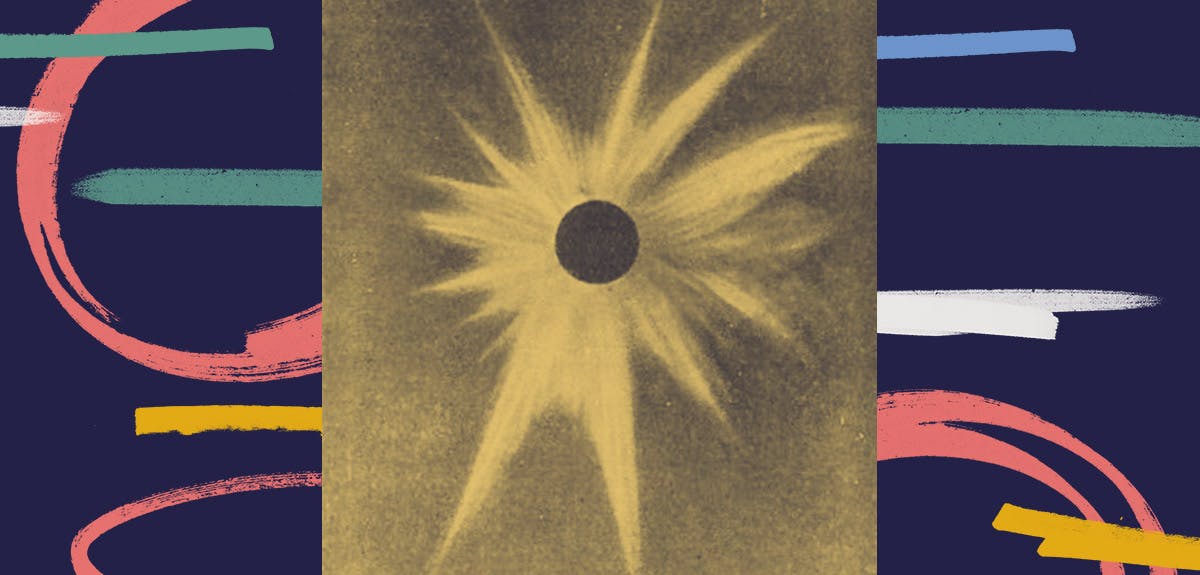
From her religious upbringing, Catherine dedicated her life to science. From groundbreaking meteorology to WW1 service, read on to discover her story...
If you think about famous astronomers, it’sprobably Renaissance figures like Galileo and Copernicus that spring to mind. There aren’t many female figures associated with space science – let us introduce you to Catherine Octavia Stevens, or C.O.B, as she liked to be known.
Below, you'll have the chance to vote for an amazing historical woman who you feel deserves to be commemorated with a plaque in 2024. If C.O.B’s trailblazing work inspires you, pick her name amongst the list here, or vote for her at the bottom of this page.
Catherine’s early life
Catherine Octavia Stevens was born in Berkshire on 23 January 1865. Her father Thomas Stevens (1809-1888) was the Rector of Bradfield and the founder of Bradfield College. Catherine’s family was religious on both sides. Her mother Susanna Marriott (1824-1866) was the daughter of another reverend: Robert Marriott, the Rector of Cotesbach in Leicestershire.
Catherine was baptised on 12 February 1865, at St Andrews, which was her father’s parish.
The Stevens family was a large and bustling one – as our records reveal, Catherine had seven siblings.
In the 1871 Census, Catherine’s household contained 19 people. In addition to her parents Thomas and Caroline, Catherine was living with her three brothers, four sisters, a governess, seven servants and a house visitor.
The life of the ‘rebel agnostic daughter’
Despite her deeply religious upbringing, Catherine went on to choose a life of science over one of spirituality. Despite lacking formal training, she took up amateur astronomy in her twenties. She joined the British Astronomical Association aged 27 in 1891. Formed in 1890, the organisation aimed to support amateur researchers, nurturing their skills and encouraging them to make contributions to the field.
Interestingly, Stevens wasn’t the first woman to join the Association. Out of 48 seats on the Association’s very first council, four were held by women. The Quaker astronomer Elizabeth Brown was Director of the Solar section throughout the 1890s – this undoubtedly inspired Catherine early on in her career.
Stevens was particularly interested in the sun and meteorology. In the summer of 1900, the Western Times reported that her drawing of the corona was included in a paper on ‘The Total Solar Eclipse on May 28th' by E. Walter Maunder.
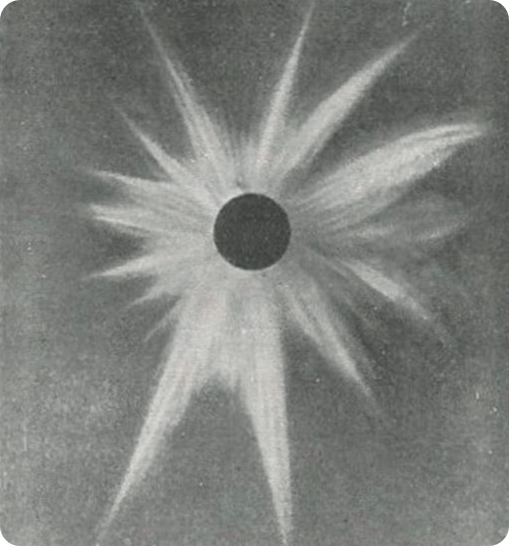
Stevens' drawing of the sun.
Between 1905 and 1911, Catherine held the post of Director of the British Astronomical Association’s Meteor section.
Over the first three decades of the 20th century, her work took her across the globe - to New Zealand, Algeria, Majorca, Quebec and the Shetland Islands. She nevertheless continued to call England home.

Boar’s Hill, where Stevens built her observatory. Painting by Hugh O’Neill, 1811.
She settled in Sunningwell, Oxford and built herself a home observatory on the border of Oxford Preservation Trust land.
Catherine joins the WW1 war effort
Catherine’s only break from her astronomical work came with the outbreak of World War 1 in 1914. Like thousands of women eager to play their part, she enrolled in the armed forces. As her service record indicates, she enrolled in the Women’s Royal Air Force on 29 April 1918.

The British Women's Royal Air Force.
Aged 53 by this point, she worked as a clerk in army stores. On 6 February 1917, she was discharged, with her certificate describingher work as ‘very good’.
C.O.B’s legacy
Catherine lived out her years in her Sunningwell home. She died at the old age of 94 on 16 July 1959. She was laid to rest next to her father Thomas. As described by an obituary by the British Astronomical Association, in her final days, she was ‘frail in body but iron in will’.
With her decades-long career in astronomy and meteorology, she should be remembered for her dedication to the pursuit of scientific knowledge. Despite being constrained by the gender norms of the Victorian period, she embodied the adventurous spirit of the Renaissance:
"Such was the character of C.O.S., essentially a product of the age that produced Darwin, Huxley, Livingstone, and Speke, who lived in the years that saw a great scientific awakening."
Help us to tell her story
Some of the past's most trailblazing figures aren't remembered today. Findmypast is on a mission to put this right. We're highlighting the stories of five overlooked women on our Herstory Hub. At the end of the year, one of these women will be commemorated with a plaque. But we need your help in deciding who should be honoured.
Be sure to head over to our Herstory Hub to learn more about these five inspirational women today.
Related articles recommended for you
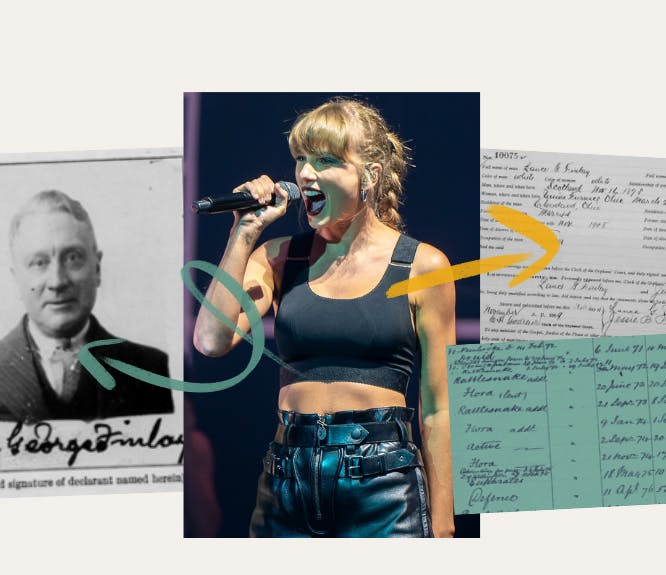
Taylor Swift’s family tree shines with love, heartbreak and the triumph of the human spirit
Discoveries

Labourers and landed gentry: Kate Middleton’s family tree
Discoveries

Venus Williams and the Tennis family: we made some surprising Wimbledon discoveries with our census records
Discoveries
